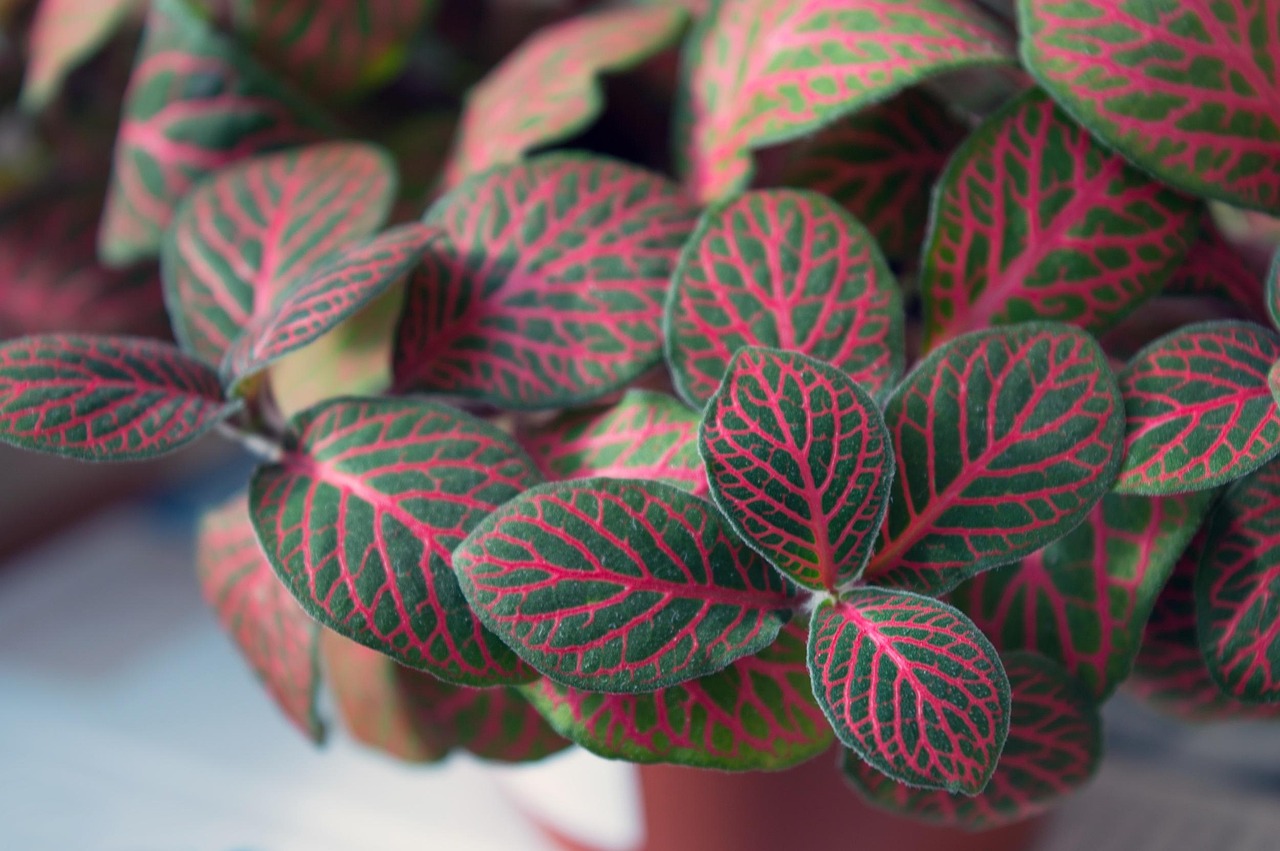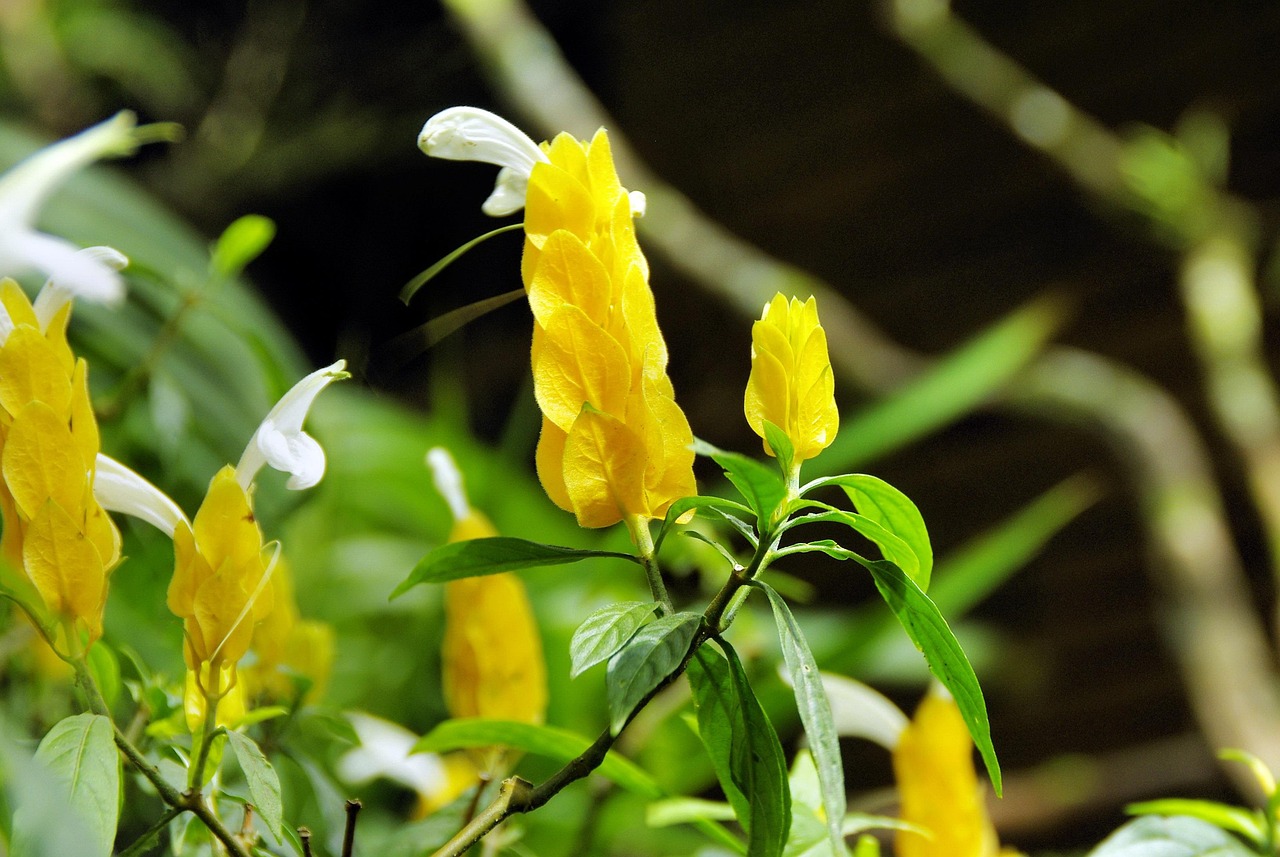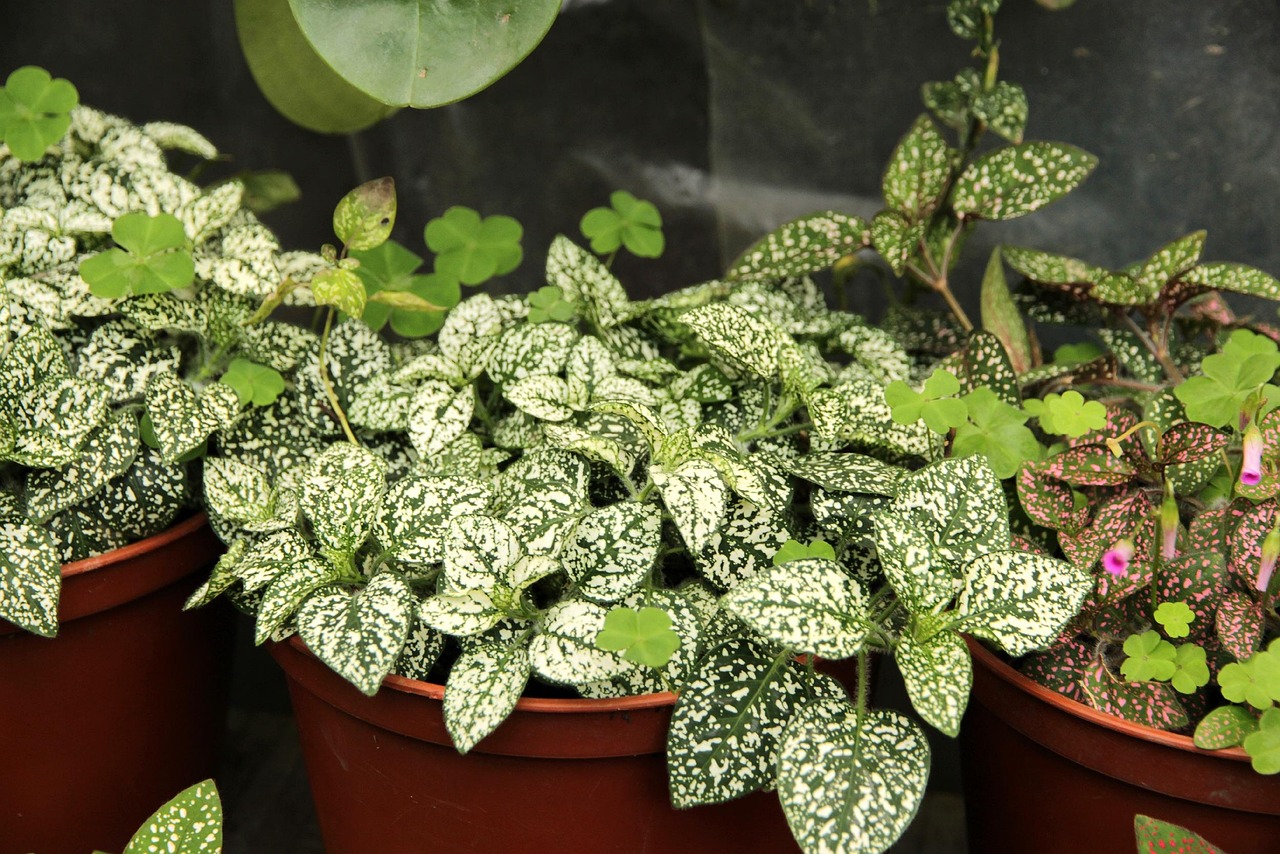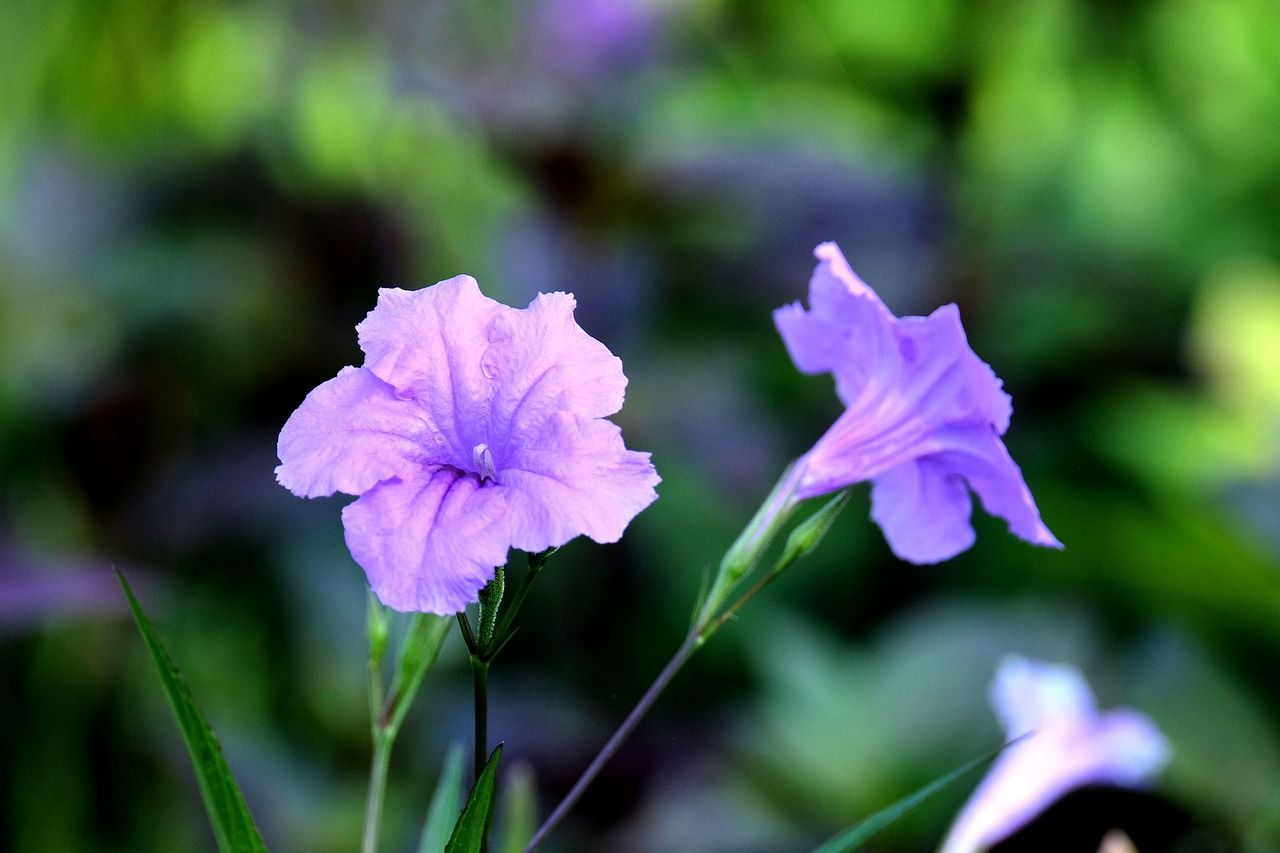Acanthus | Features and Care
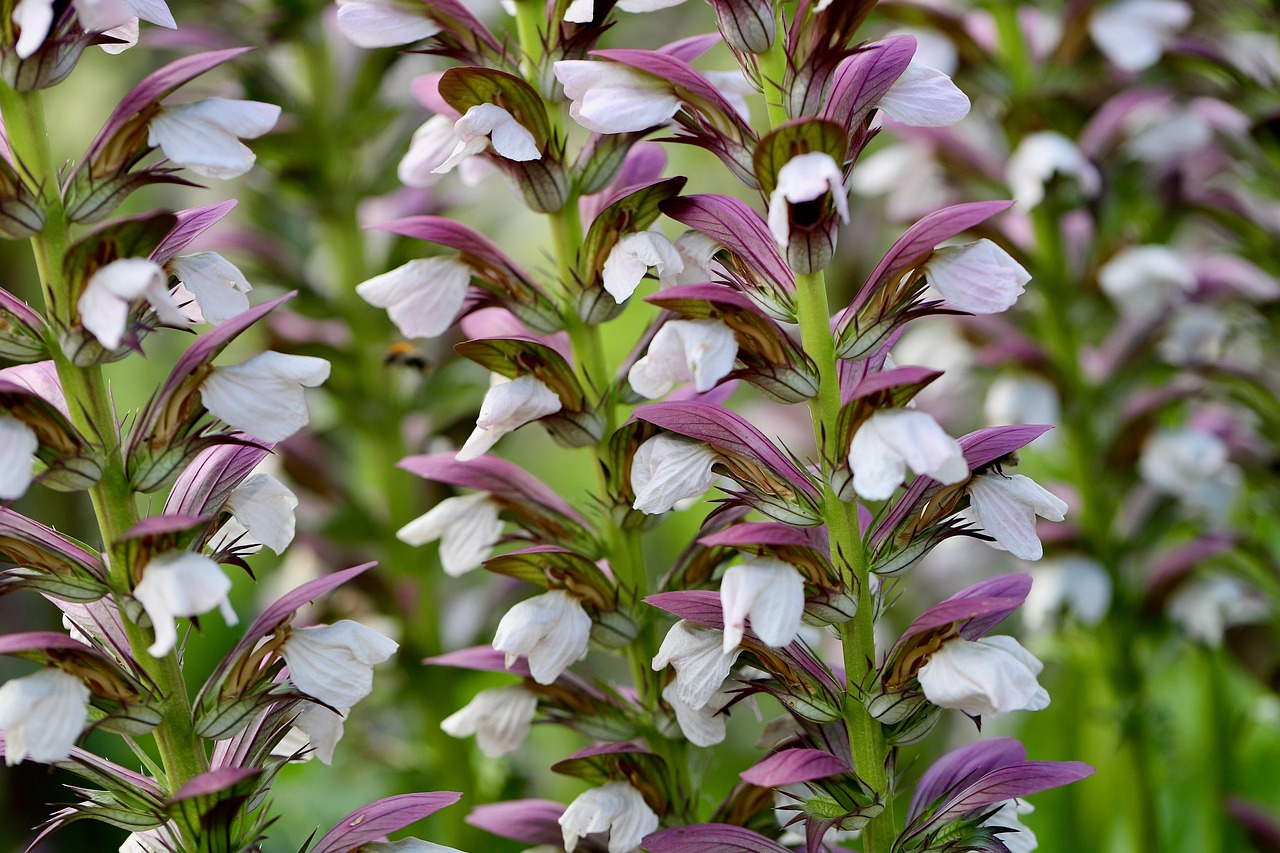
Acanthus is a perennial plant known for its large leaves and tall flower spikes. Its distinctive leaf shape has been used in architecture and art since ancient times, making it a culturally significant plant in Western history. While it has a strong and imposing appearance, it also brings an elegant touch to gardens.
This article explores the characteristics, cultural and historical significance, and care tips for acanthus.
Basic Information
- Scientific Name: Acanthus spp.
- Family: Acanthaceae
- Origin: Mediterranean region, Western Asia
- Appearance: Deeply lobed, glossy leaves and tall flower stalks with white or purplish flowers arranged in spikes. The leaves have a sculptural beauty that makes them stand out.
- Blooming Season: Early summer to mid-summer.
Cultural Significance Around the World
Acanthus is one of the most iconic plants in Western culture. Its large, decorative leaves have been widely used in architectural ornamentation since ancient Greece and Rome. The Corinthian column capital, adorned with acanthus leaves, symbolizes grandeur and elegance and was incorporated into many temples and public buildings.
During the Middle Ages, acanthus motifs continued to be used in decorative arts, appearing in Gothic architecture and illuminated manuscripts. In the Renaissance period, its elegant curves influenced sculptures and furniture designs, adding a refined artistic touch.
Today, acanthus remains a popular ornamental plant, frequently found in European parks and estate gardens. In traditional English garden design, it is often used as a striking focal point.
Historical Episodes

One famous legend explains how acanthus became a key element in classical architecture. It is said that the Greek architect Callimachus was inspired by acanthus leaves naturally growing around a tombstone, leading him to design the Corinthian column capital. This design later became a symbol of beauty and sophistication in Western architecture.
In ancient Rome, acanthus symbolized prosperity and longevity, making it a favored decorative motif in gardens and buildings. As the Roman Empire expanded, its artistic influence spread, and acanthus patterns can still be seen in architectural details today.
The plant also frequently appeared in Renaissance art, where painters and sculptors incorporated its graceful leaf patterns into their works. Notably, Botticelli’s paintings and Baroque sculptures feature ornamental elements inspired by acanthus leaves.
Gardening Advice
Acanthus is a resilient plant, but proper care enhances its beauty.
Sunlight
Prefers full sun to partial shade. If exposed to strong direct sunlight, some shading may help prevent leaf scorch.
Watering
Moderately drought-tolerant. Water when the soil surface is dry during the growing season. Reduce watering in winter when the plant is dormant.
Soil
Well-draining soil with moderate moisture retention is ideal. Mixing compost or organic matter improves root development.
Fertilization
Apply a slow-release fertilizer once a month from spring to summer. Excessive fertilization may lead to excessive leaf growth.
Cold Resistance
Relatively hardy, but in regions with severe frost, mulching around the base helps protect the roots.
Pruning
Remove spent flower stalks after blooming to encourage healthy growth. If leaves become too dense, thinning them improves airflow.
Conclusion
Acanthus is a perennial plant with striking foliage and tall flower spikes. Since ancient Greece and Rome, it has been used as a decorative motif, influencing the Corinthian column design and later becoming a staple in medieval and Renaissance art.
Today, it remains a valued ornamental plant in gardens and landscapes, especially in Europe. Growing this historically and artistically significant plant allows gardeners to connect with the enduring beauty of classical aesthetics.

